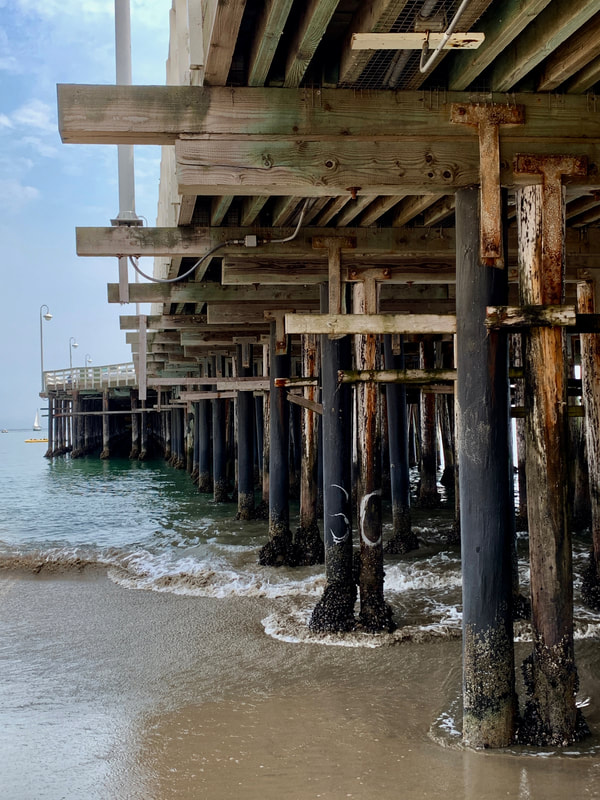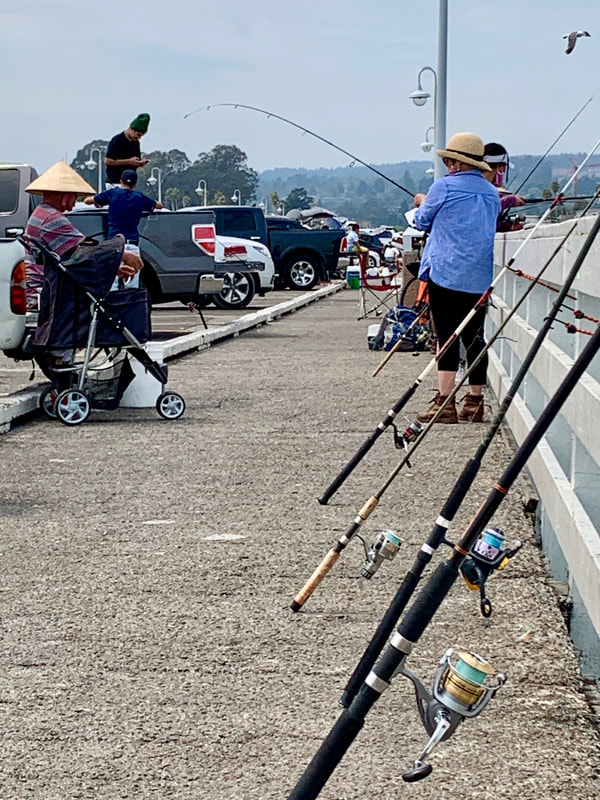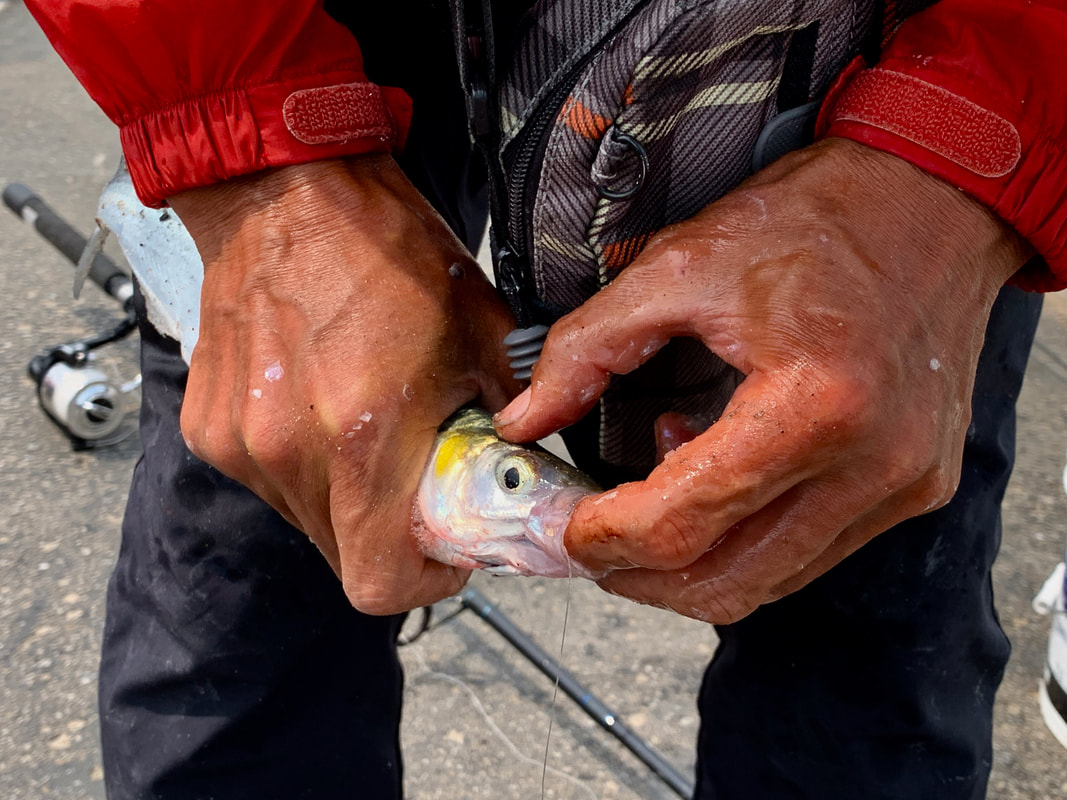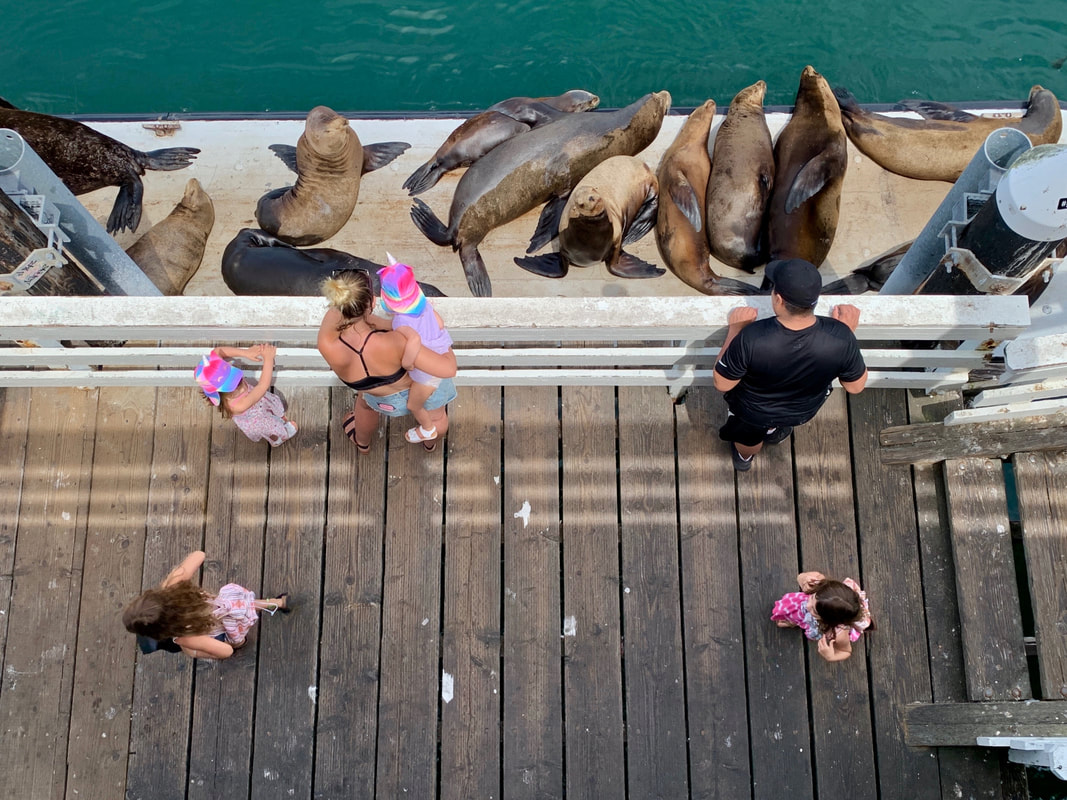|
This summer, I was delighted to pilot a new online course, Storytelling for Impact in Your Classroom: Photography, presented by National Geographic Education in partnership with Adobe. In the course, I gained a deep understanding of the power of visual storytelling and the value of photography as an instructional tool in my classroom. In the course, we were inspired by expert National Geographic photographers like Erika Larsen and Hannah Reyes Morales describing their own creative processes and tools. We explored how to compose images for maximum impact on the viewer, and we familiarized ourselves with the ethical and legal aspects of the medium. One of our final tasks was to shoot and edit a short photo series that captured a vivid sense of place at a specific location. We were allowed to include a brief intro and photo captions, but the goal was to make sure the images themselves told the story. You can view mine below. The Santa Cruz Wharf The Santa Cruz Municipal Wharf feels like an intersection of the human world and the natural world. Built in 1913, the wooden wharf stretches more than a half mile over Monterey Bay. Even in the midst of the COVID-19 pandemic this summer, the wharf has continued to attract fisherman, tourists, and wildlife. Shot with iPhone. Santa Cruz, California. 8/13/20. I hope to integrate more photographic storytelling into my future science courses, so students can express themselves and illustrate concepts through a visual medium. I will convey this to students: next time you are somewhere with a camera, don't just point and shoot- aim and create. Challenge yourself to compose interesting images. Look for details others might miss. Tell an authentic story of place. With lots of practice, you might even become a National Geographic photographer.
Educators, Storytelling for Impact in Your Classroom: Photography is a free course, and it also includes complimentary access to Adobe Creative Cloud software for you and your students. The online learning is self-paced yet there are many opportunities to exchange feedback with other participants. You will gain classroom-ready resources like handouts and videos and start to develop a plan to integrate to photographic storytelling into your curriculum. Empower your students to tell their stories. If you are ready to register, please visit this webpage! Comments are closed.
|
AuthorThis blog contains occasional dispatches from my science classroom and professional learning experiences. Thank you for reading! Archives
December 2021
|
|
Cristina Veresan
Science Educator |
Proudly powered by Weebly
|








 RSS Feed
RSS Feed